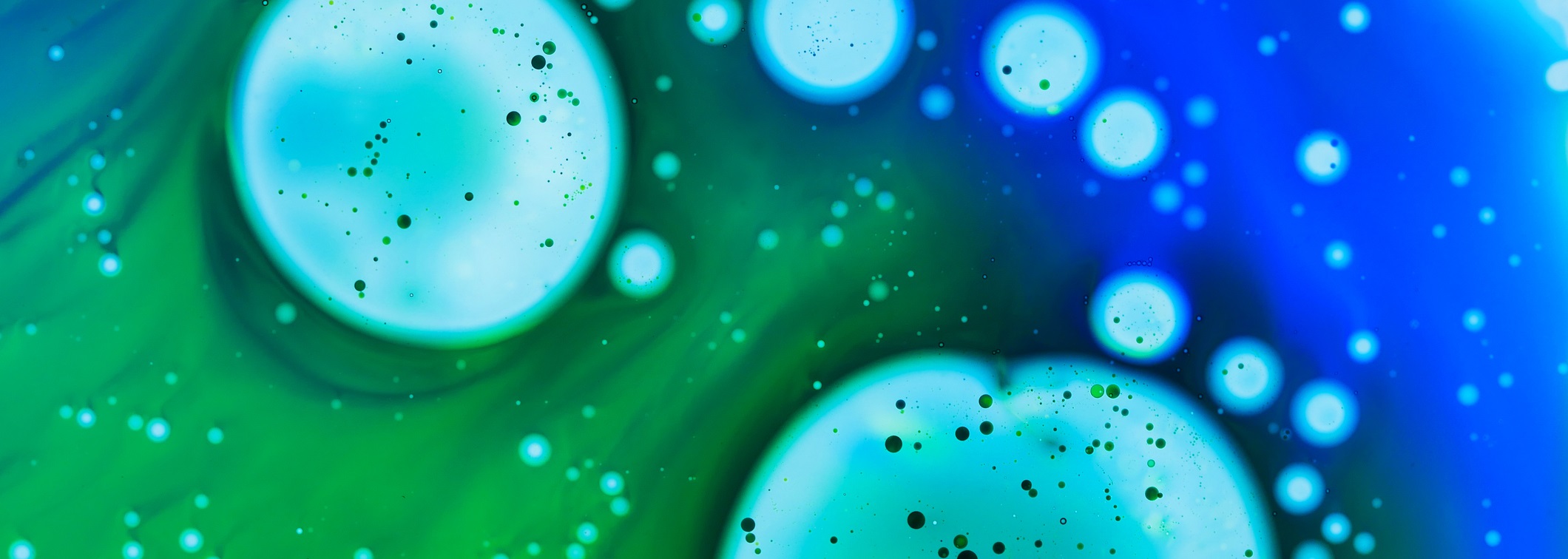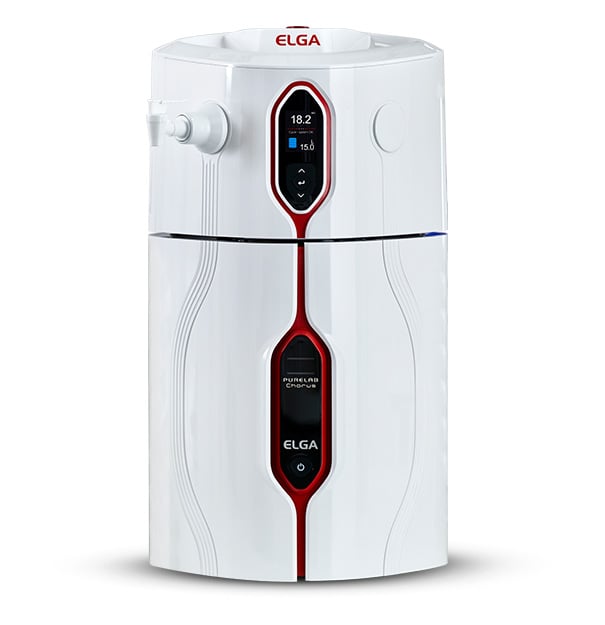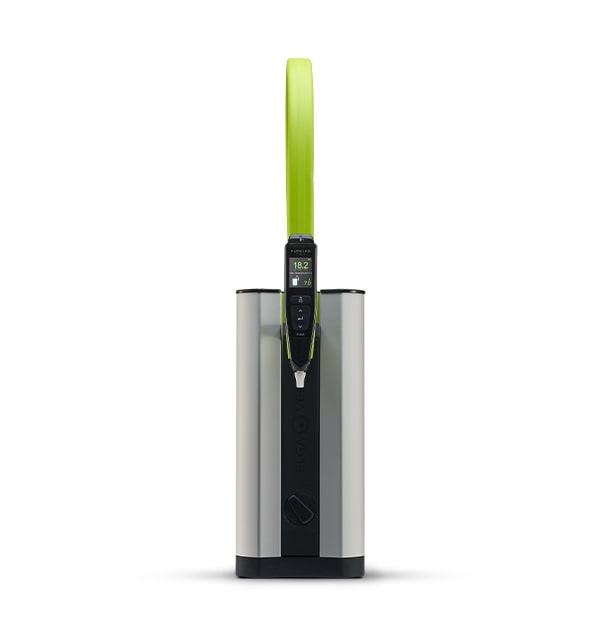Spectrophotometry

Spectrophotometry is a widely used method to determine how much of a substance is present in a sample solution by measuring the amount of light at a particular wavelength that is absorbed by the solution.
How Does Spectrophotometry Work?
The basic principle is that most molecules absorb light over a certain range of wavelengths in the ultraviolet and visible regions of the spectrum (185 to 700nm). A spectrophotometer consists of a light source, a monochromator or filter to select a wavelength band from the light which is then shone through a solution in a cell (cuvette) before being measured by a detector. The proportion of the light absorbed is used to obtain the level of an analyte in solution.
The amount of light of a particular wavelength absorbed as it passes through a sample by an analyte is proportional to the concentration of the analyte and the path length of the light through the solution. In general, the light absorbed by standard solutions is measured and the concentration of the sample determined from the calibration plot. As the absorption bands are quite broad there can be overlap from other components. To compensate for this a selection of intensity ratios and background corrections have been developed to correct the readings.
What Is Spectrophotometry For?
Spectrophotometry is used for the quantitative determination of a great variety of substances in solution. These range from water and waste water analysis, pharmaceutical quality control and food analysis, such as the grading of olive oil to meet European regulations ECC/2568/91 and 2472/97. Analytes measured include, among many others, metal ions, phosphate, sulphate, alkalinity, hardness and proteins, DNA and RNA.
Why Would You Use Spectrophotometry?
Spectrophotometry is best used for the determination of one or more parameters on a routine basis. It provides an accurate, easy, quick and cheap method of analysis. Methods have been established and published for a very wide range of analytes. It can be used to measure from low concentrations up to minor constituents.
Types Of Spectrophotometry
Standard spectrophotometry is carried out using a bench-top instrument with cuvettes typically ranging from 0.1 to 10cm. However, the principle is also used in automated analysers capable of very rapid analyses and as a detector in HPLC using very low volume cells.
Water is the reagent used in the largest volumes in spectrophotometry and its purity is important, especially in high sensitivity applications. These will require water for sample pre-treatment and for the preparation of reagents, blanks and standards. Impurities present in the water may increase errors and drift and produce extra or enlarged peaks with potentially serious affects on accuracy. Long term build up of impurities within automatic systems can cause drift and degrade components.
What Types Of Contaminants In Water Can Affect Spectrophotometric Results?
The principal impurities in water that affect spectrophotometry are compounds that absorb light at the wavelengths used for measuring the absorbance or the backgrounds.
1. Organic Compounds
The presence of organic compounds in any water used for spectrophotometry can cause a number of problems. These include absorbing light at the wavelengths being used and reacting with the analytes to affect concentration of absorbing sprcies.
2. Ions
Ions in water can also absorb light at the wavelengths being used.
3. Bacteria and Particulates
Bacteria and particulates can, over time, build up and can cause drift and degrade components affecting the light intensity measured.
What Are The Water Purity Requirements For Spectrophotometry?
The water purity required depends on the sensitivity of the applications. For general analysis Type II water will be sufficient but for sensitive work very low levels of impurities are essential. Resistivity >18 MΩ.cm and TOC values below 10ppb are highly desirable for the most sensitive applications.
Sensitivity | Resistivity (MΩ.cm) | TOC (ppb) | Filter (µm) | Bacteria (CFU/mL) | Endotoxin | Nuclease | Water Grade |
General | >1 | <50 | <0.2 | <10 | NA | NA | Type II/II+ |
High | >18 | <10 | <0.2 | <1 | <0.03 | NA | Ultrapure Type I |
How Does ELGA Solve Water Purity Problems For Spectrophotometry?
ELGA’s expertise and long-established reputation ensure that its experienced team can help customers to determine the particular water purity requirements for their applications. The Company offers a number of water purification systems that have been proved to meet the requirements for spectrophotometry. For example, the bench-top PURELAB Chorus 1 Analytical Research point-of-use system consistently delivers ultrapure water of 18.2 MΩ.cm (Type I) while the Chorus 2+ provides type II water.
Conclusions
For high sensitivity spectrophotometry it is important to ensure that the water used to prepare reagents, blanks, samples and standards does not introduce contamination. The use of Type I is preferred. For less critical applications a water purification system producing Type II water would be highly suitable.









